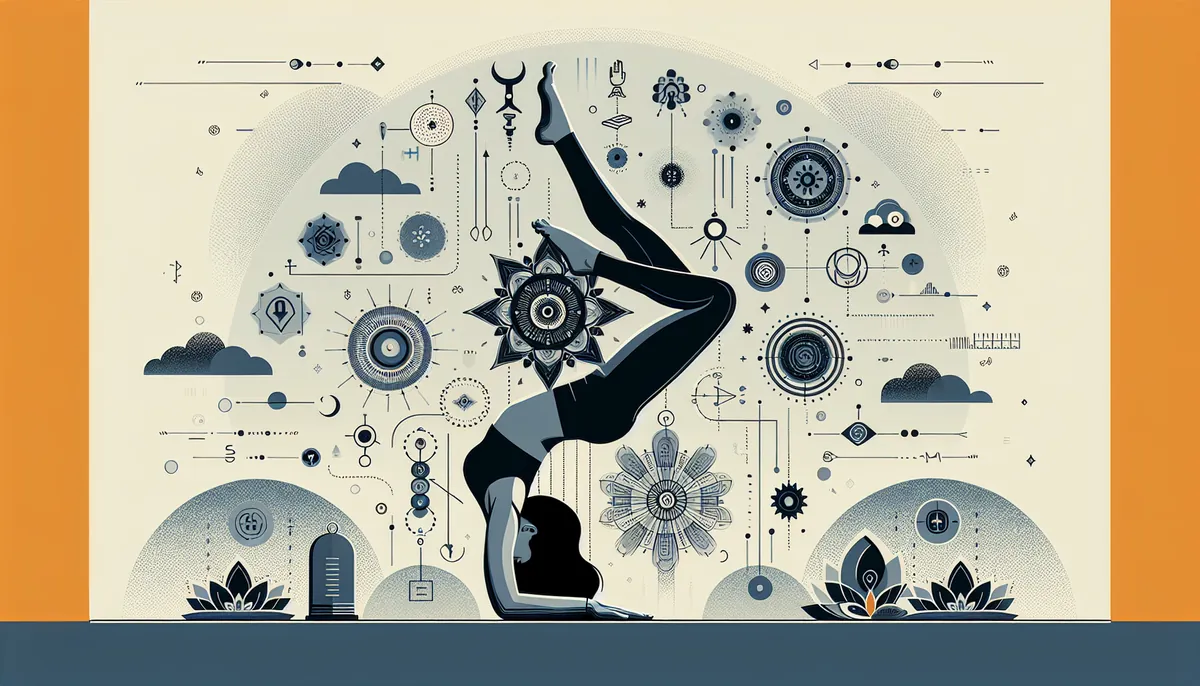Ever wonder about the allure of inversions in yoga? These poses, where the head is below the heart, have captivated yogis for centuries. Inversions are not only about achieving balance and strength but they also bring a host of physical and mental benefits. Whether you’re new to yoga or a seasoned practitioner, understanding the value and technique behind these poses is crucial.
In this article, we will delve into the world of yoga inversions, highlighting their benefits, popular types, tips for practice, and safety precautions. Inversions challenge your body and mind, offering a refreshing perspective both literally and figuratively.
Table of Contents
- Benefits of Yoga Inversions
- Popular Types of Inversions
- Tips for Practicing Inversions
- Safety Precautions
- Conclusion
Benefits of Yoga Inversions
Yoga inversions may seem intimidating initially, but they offer a treasure trove of benefits. Here’s why you should consider incorporating them into your practice:
- Improved Circulation: Inversions reverse blood flow, enhancing circulation and reportedly boosting immunity.
- Enhanced Focus and Concentration: These poses require complete attention, improving mental focus.
- Strength and Stability: They demand full-body engagement, building core and upper body strength.
- Emotional Well-being: With the inverted perspective, inversions can uplift your mood and alleviate stress.
Yoga inversions create a blend of balance, strength, and tranquility, allowing for physical and emotional enhancement.
Popular Types of Inversions
There is a variety of inversion poses catering to different skill levels and benefits. Some popular inversions include:
Shoulder Stand (Sarvangasana)
Known as the “queen of all asanas,” shoulder stand enhances thyroid function and relaxes the nervous system.- Lie on your back, lift legs, and support lower back with hands.
- Beginners can modify with a blanket under the shoulders for support.
Headstand (Sirsasana)
Often referred to as the “king of asanas,” this pose strengthens the core and boosts focus.- Begin in a kneeling position, interlock fingers, rest the crown on the floor, and lift the legs overhead.
- This pose is best suited for intermediate practitioners with a strong core.
Forearm Stand (Pincha Mayurasana)
A balancing act that strengthens shoulders and core.- From Downward Facing Dog, lower onto forearms, and kick legs up with control.
- Practice against a wall for support if needed.
Tips for Practicing Inversions
To make the most of your inversion practice, consider these tips:
- Warm-Up Adequately: Engage in warming exercises targeting wrists, shoulders, and core.
- Start Slow: Gradually move into inversions with preparatory poses like Dolphin Pose.
- Focus on Breath: Maintain steady, deep breathing to find balance and calmness.
- Use Props: Wall support or blocks can provide the necessary confidence and support.
Building up to inversions takes time, patience, and self-compassion. Listen to your body and know your limits.
Safety Precautions
Safety should be your number one priority when practicing inversions. Here are some key precautions:
- Consult with a Professional: Especially if you’re new, a yoga instructor can guide you with alignment and safety.
- Avoid During Certain Conditions: Pregnant individuals or those with high blood pressure should avoid inversions.
- Ensure Proper Alignment: Misalignment can lead to injury, so focus on technique over depth.
- Use Assistance: Asking a partner for a spot can enhance safety during challenging poses.
Practicing safely ensures that yoga inversions become a long-term part of your practice rather than a one-time attempt.
Conclusion
Yoga inversions are a fascinating aspect of yoga, offering unique challenges and benefits. They improve circulation, enhance mental clarity, and increase strength and stability. As you embark on this inversion journey, remember that progression is more vital than perfection. Start with basic poses, gradually building your way up to more complex ones.
Ready to turn your world upside down? Try incorporating inversions into your next yoga session and share your experience with fellow practitioners! For more insights on balancing strength and mental focus, explore our detailed post on Mastering Arm Balances: Strength and Stability.
Feel free to share your inversion journey with us in the comments below!
